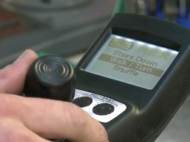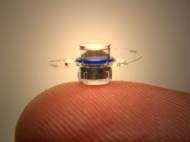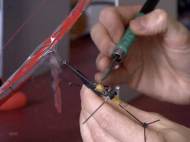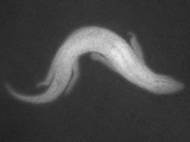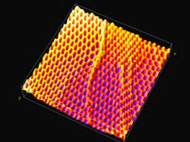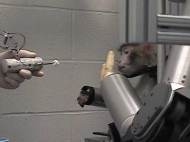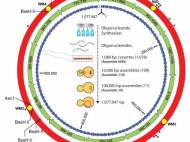Bionics| Tech»
English ivy nanoparticles could be used for future sunscreens
 Researchers at the University of Tennessee reported that English ivy nanoparticles may protect skin from UV radiation better than other metal-based nanoparticles such as titanium dioxide (TiO2). The team was led by Mingjun Zhang, an associate professor of biomedical engineering at the University of Tennessee, who previously discovered that English ivy owes its amazing clinging… »
Researchers at the University of Tennessee reported that English ivy nanoparticles may protect skin from UV radiation better than other metal-based nanoparticles such as titanium dioxide (TiO2). The team was led by Mingjun Zhang, an associate professor of biomedical engineering at the University of Tennessee, who previously discovered that English ivy owes its amazing clinging… »

